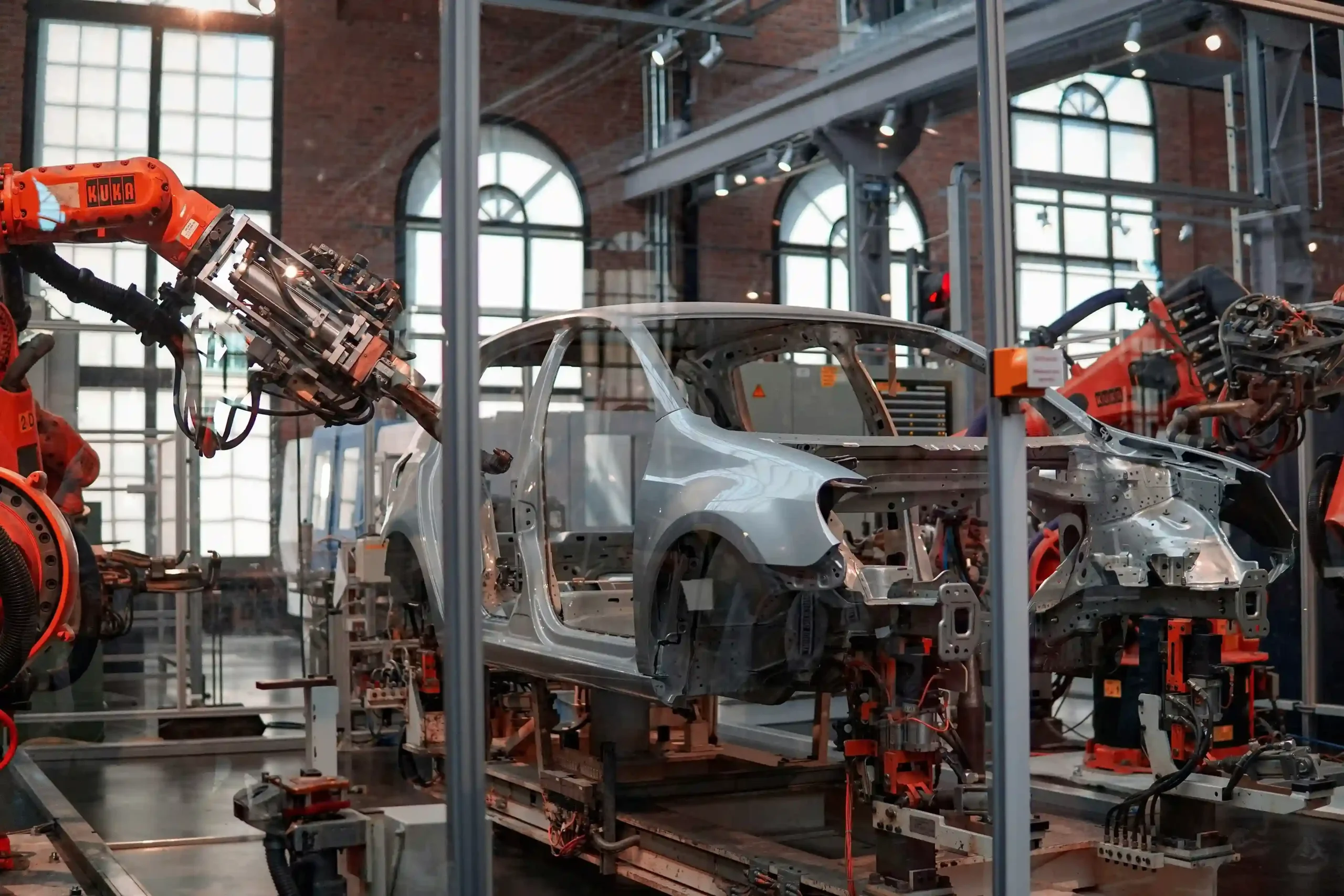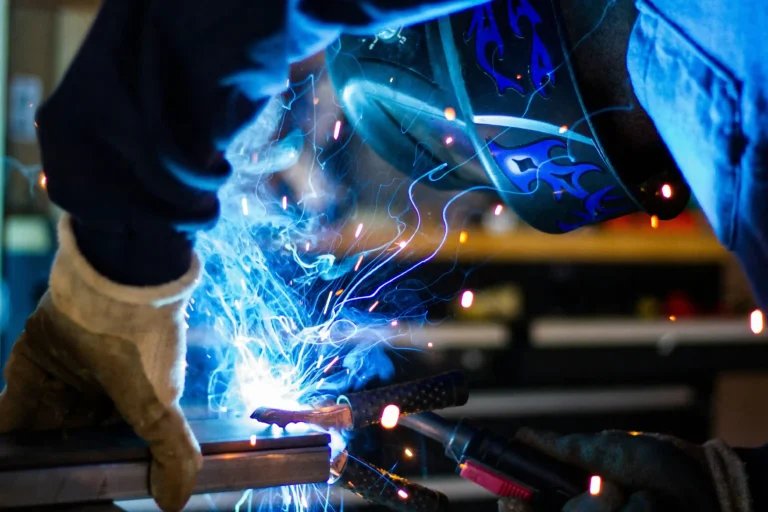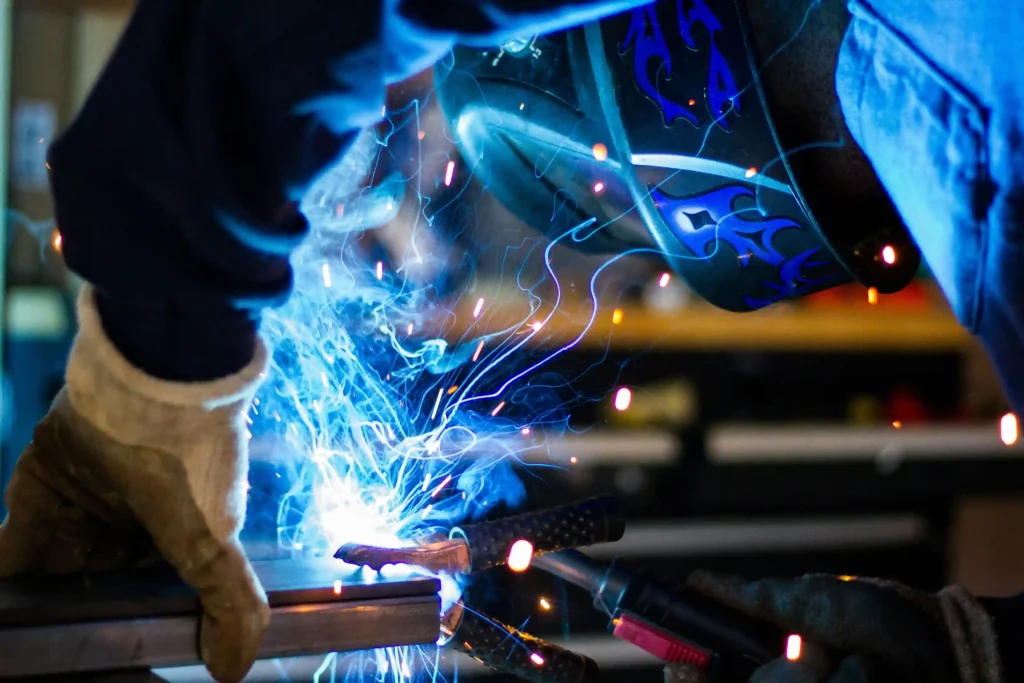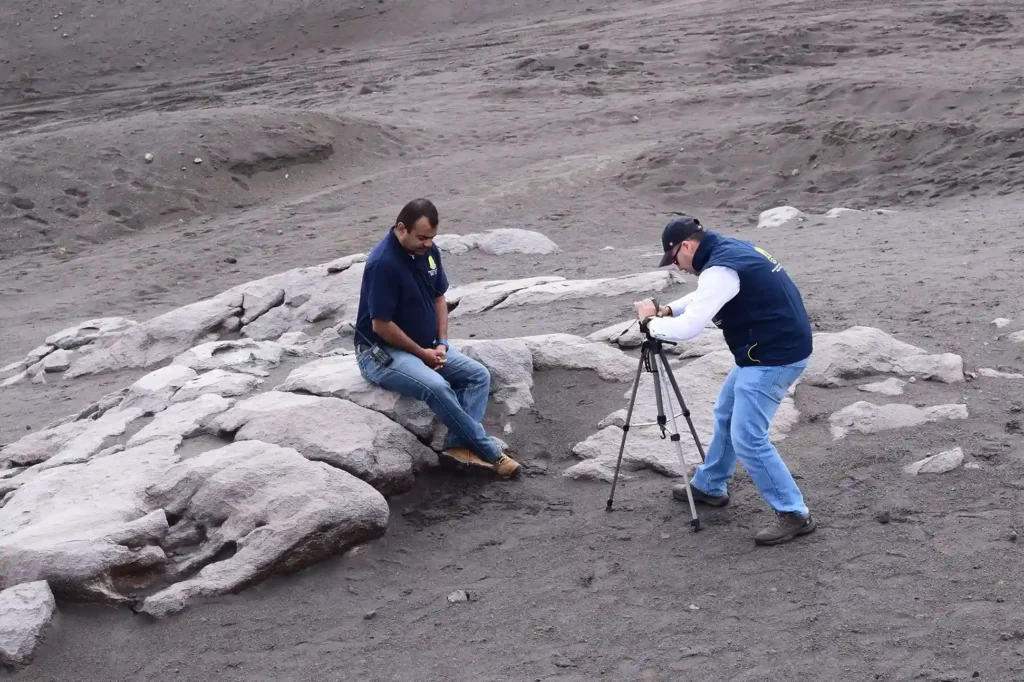The automotive industry is undergoing a rapid transformation driven by technological innovations and market dynamics. From the rise of electric vehicles to advancements in autonomous driving, manufacturers are redefining mobility. Global supply chain disruptions have reshaped production strategies, while regulatory changes are influencing industry growth. Automakers are investing in AI-powered systems to enhance safety and efficiency. With sustainability at the forefront, green energy solutions are gaining traction. The evolving landscape presents both challenges and opportunities for businesses and consumers alike.
- Electric Vehicles Leading the Future of Mobility
The shift towards electric mobility is accelerating as automakers invest heavily in EV technology. Governments worldwide are offering incentives to boost EV adoption and reduce carbon emissions. Battery innovations are extending vehicle range and improving charging efficiency. Major car manufacturers are launching new electric models to compete in the evolving market. Infrastructure expansion, including charging networks, is crucial for widespread adoption. The growing demand for sustainable transport is reshaping the industry. - Autonomous Driving and AI Integration
Self-driving technology is advancing, with AI-powered systems improving navigation and safety. Automakers are testing autonomous vehicles for commercial and personal use. Regulatory frameworks are being developed to ensure the safe deployment of self-driving cars. AI-driven driver assistance features are reducing accidents and enhancing driving experiences. Companies are investing in machine learning to refine real-time decision-making in vehicles. The future of mobility is being shaped by automation and smart vehicle technologies. - Global Supply Chain Challenges and Adaptations
The automotive industry is grappling with supply chain disruptions caused by geopolitical tensions and material shortages. Semiconductor chip shortages have slowed production, affecting vehicle deliveries worldwide. Companies are shifting towards regional manufacturing to reduce dependency on international suppliers. Automakers are embracing digital tools to optimize logistics and inventory management. Supply chain diversification is helping mitigate risks associated with global uncertainties. The industry is adapting to create more resilient and flexible production models. - Sustainability and Green Manufacturing Initiatives
Environmental concerns are pushing automakers to adopt sustainable production methods. The use of recycled materials and energy-efficient manufacturing processes is gaining importance. Hydrogen fuel cell technology is emerging as a potential alternative to battery-powered EVs. Governments are enforcing stricter emission regulations, driving innovation in cleaner vehicle technologies. Companies are partnering with renewable energy providers to reduce carbon footprints. The future of automotive manufacturing is focused on sustainability and eco-friendly solutions. - Mergers, Acquisitions, and Industry Consolidation
The automotive sector is witnessing increased consolidation as companies merge to strengthen market positions. Tech firms are collaborating with automakers to develop next-generation vehicle technologies. Startups specializing in EVs and autonomous driving are attracting significant investments. Strategic acquisitions are helping firms expand their product lines and technological capabilities. Competition is intensifying, with traditional manufacturers racing to keep up with new entrants. The industry’s landscape is evolving with collaborations shaping the future of transportation. - Breakthrough Innovations in Vehicle Safety
Advanced driver-assistance systems (ADAS) are enhancing vehicle safety through AI-driven features. Emergency braking, lane-keeping assist, and collision avoidance technologies are becoming standard. Automakers are testing vehicle-to-vehicle (V2V) communication to prevent accidents. Governments are mandating stricter safety regulations to reduce road fatalities. Research into biometric monitoring systems aims to detect driver fatigue and impairment. The push for safer mobility solutions is leading to revolutionary advancements in car safety.

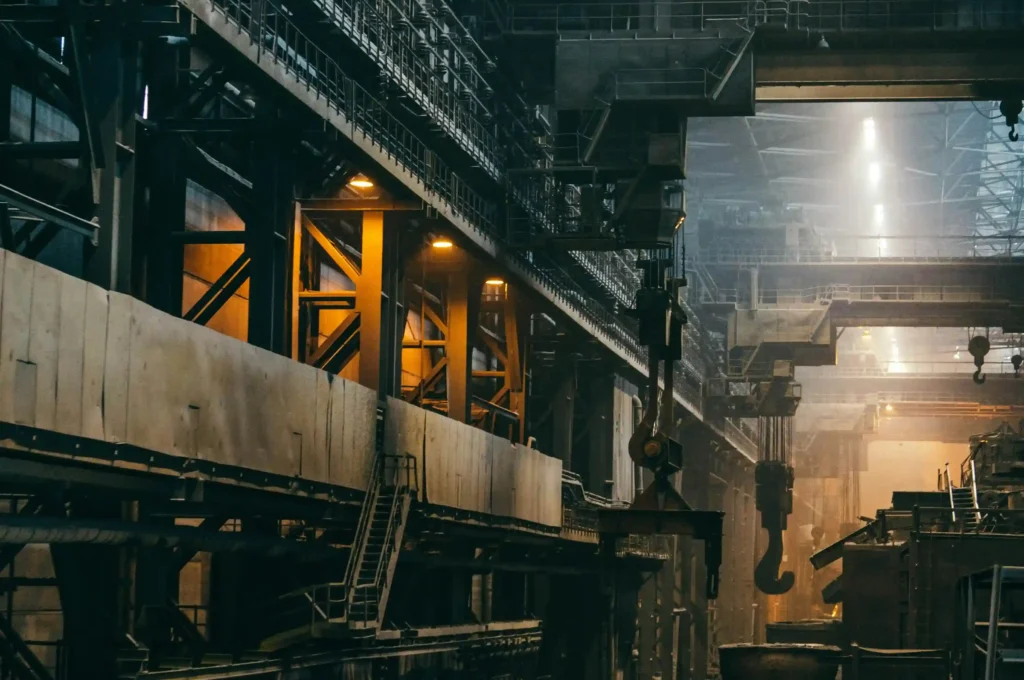


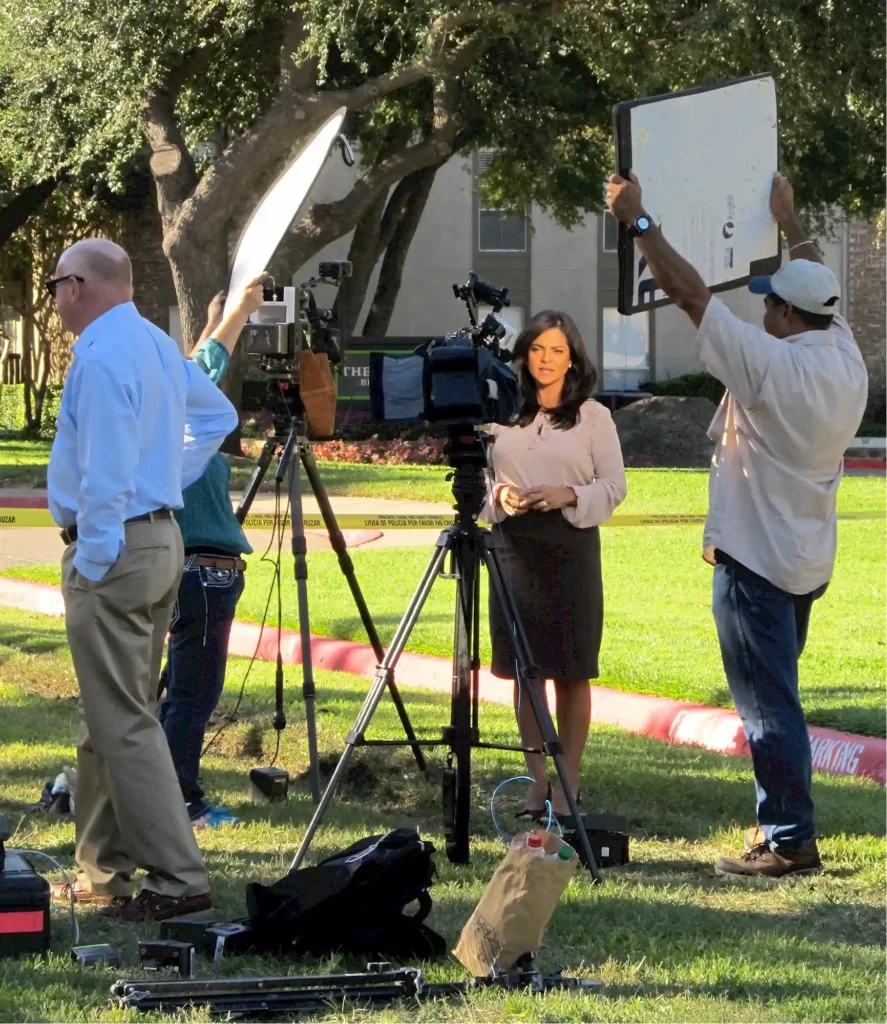
The automotive industry is at the forefront of technological and environmental evolution. Electric and autonomous vehicles are reshaping the mobility landscape, while sustainability remains a driving force. Supply chain challenges continue to test resilience, prompting strategic shifts in production models. Mergers and acquisitions are fostering innovation, and strengthening the competitive market. Safety enhancements and AI integration are revolutionizing driving experiences. As the industry evolves, adaptability and innovation will define its success in the coming years.




